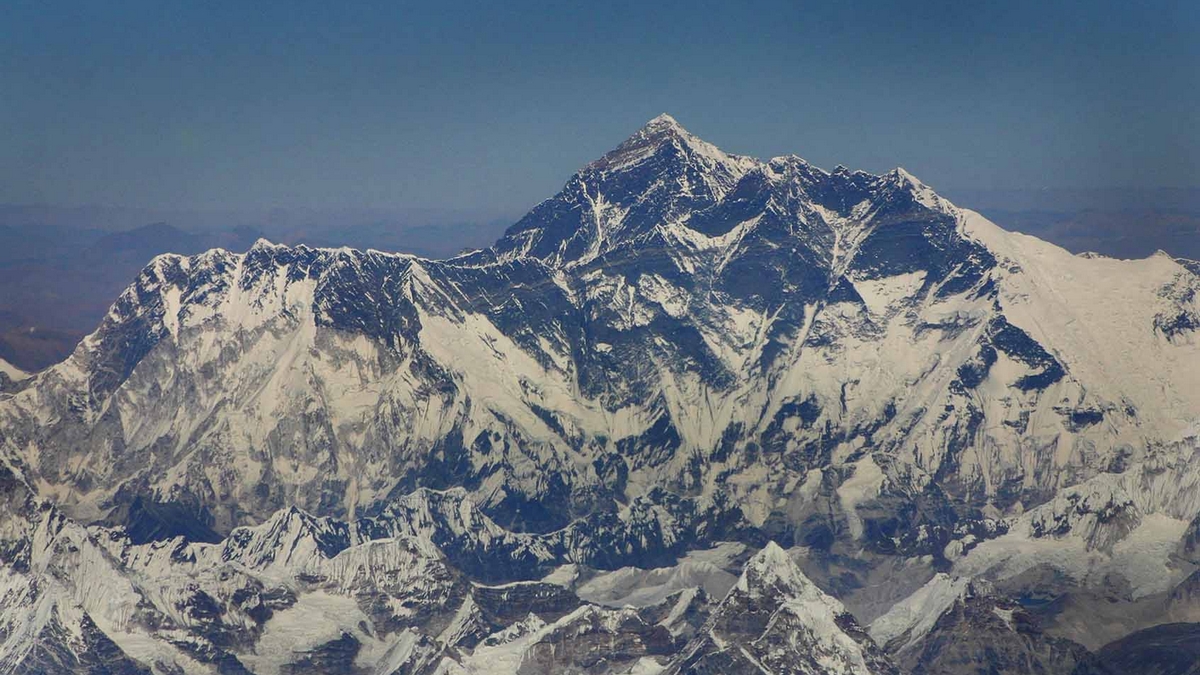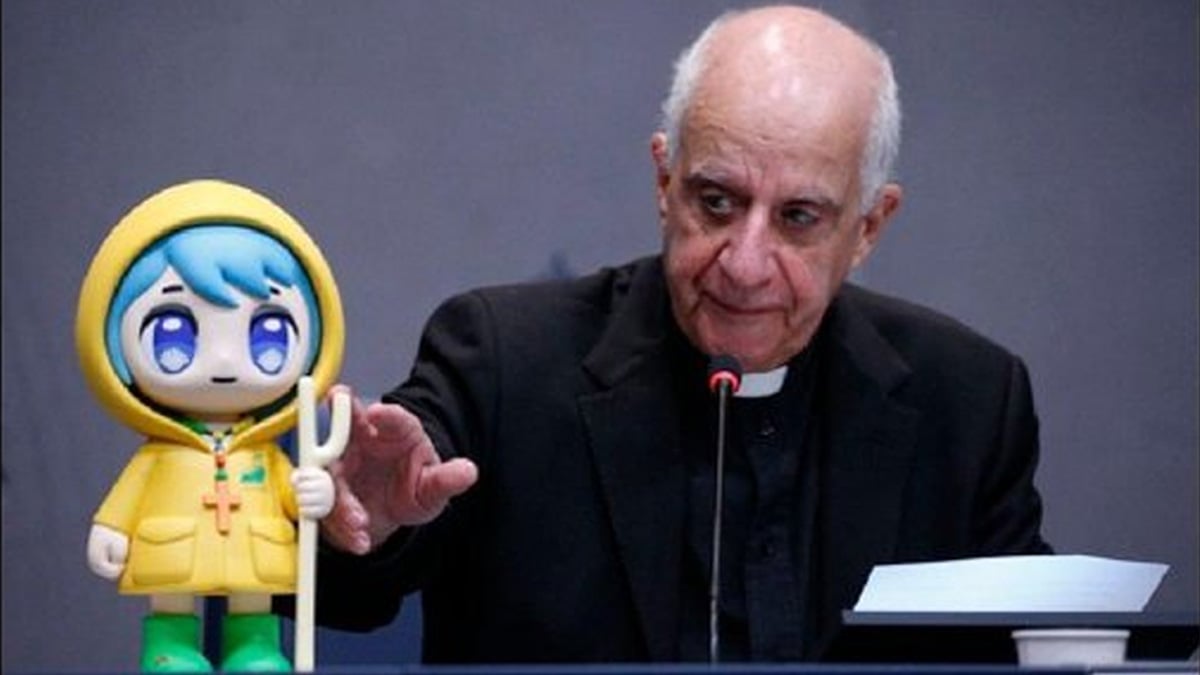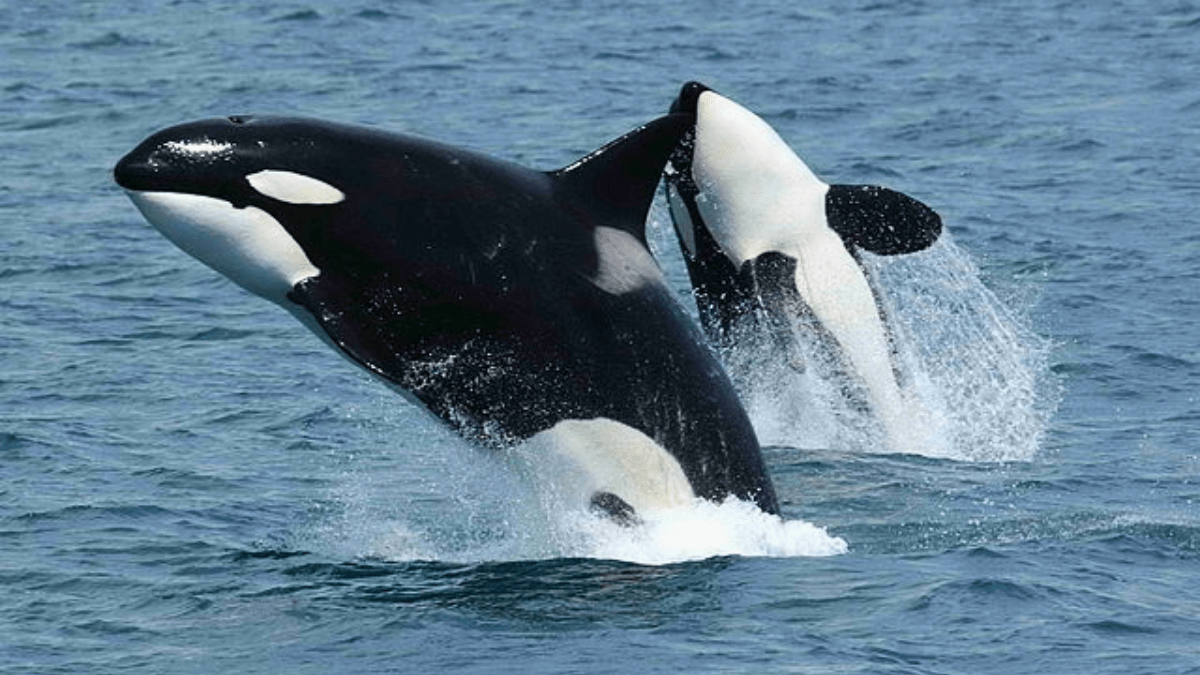Located on the China–Nepal border, Mount Everest, or Sagarmāthā In Nepali, is the highest mountain on the planet. Of course, such a challenge attracts thousands of people who try to conquer the mighty mountain. Unfortunately, some climbers never descend Mount Everest.
To reach Mount Everest’s peak, you must climb more than 5,500 miles or 8,800 meters. At that height, there’s not enough oxygen in the air, forcing climbers to carry oxygen tanks. The extremely low temperatures also demand special equipment to void hypothermia and frostbite. Finally, the unstable terrain results in accidents and avalanches, which can end a life in seconds. Add to all that the fatigue and sickness caused by extreme heights, and it’s no wonder so many people die while trying to get to Mount Everest’s peak.
According to the Himalayan Database website, over 300 climbers died or disappeared while trying to reach Mount Everest’s peak. That’s an impressive number compared to the number of people who managed to get to the top of the mountain: A mere 479. These details help to paint a grim picture of the challenges of retrieving a body on Mount Everest. But what happens when people die in the mountains?
Some dead bodies become landmarks on Mount Everest
To retrieve a dead body on Mount Everest, authorities must mobilize expedition teams well-equipped to make the trip up and down the mountain without further casualties. Due to the extreme weather, it’s hard to count on helicopters, making the operation even riskier. So, more often than not, it’s easier and safer just to leave the frozen bodies of dead climbers on Mount Everest.
A weird consequence of the unofficial cemetery spread over Mount Everest is that dead bodies can become landmarks that help other climbers orient themselves. Due to the low temperatures, these bodies don’t decompose, meaning they can remain in the same place for decades. That was the case of “Green Boots,” a corpse that remained a landmark from the mid-1990s to 2014. In 2014, the body was shoveled and set on the lee-side of Mount Everest as a way to give them some sort of respectful funeral. However, since the body was located above 8000 meters in the friendly region called “Death Zone,” the costs and risks of retrieving them are just too high.
Reaching the top of Mount Everest is an achievement few can claim. However, if you do try the climb, you’ll likely cross a few dead bodies along the way. Just be careful not to join the frozen mausoleum.








Published: Apr 9, 2024 06:40 pm